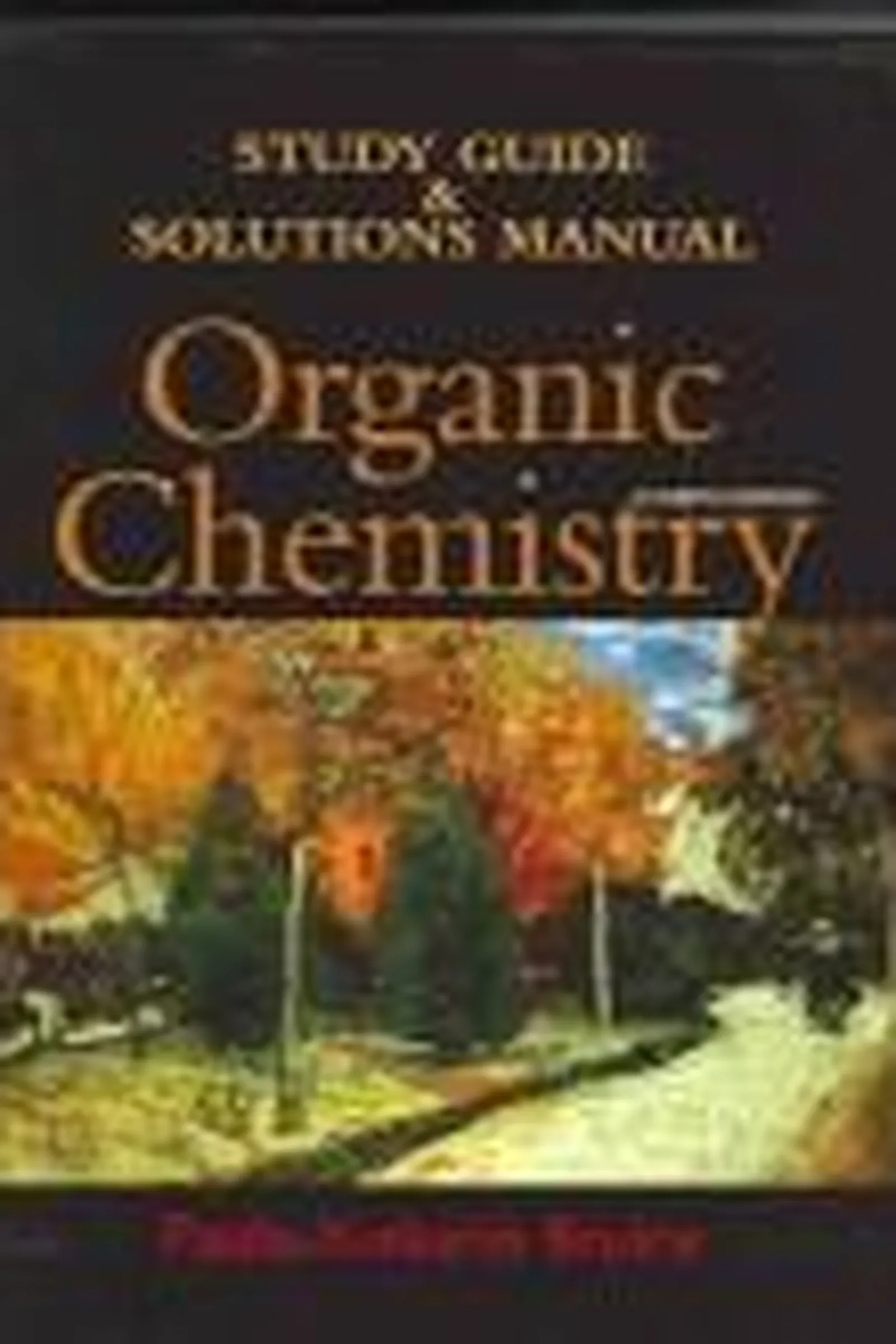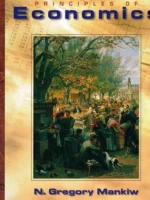Organic Chemistry, Paula Bruice, 1998
- Author: Paula Bruice
- Genre: Textbooks
- Publisher: Pearson
- Publication Year: 1995
- Pages: 1320
- Format: Paperback
- Language: English
- ISBN: 978-0134042282
- Rating: 4,6 ★★★★★
Organic Chemistry Review
Organic Chemistry by Paula Bruice is a mechanisms first textbook that teaches you to think like a chemist rather than memorize reactions. It emphasizes patterns, electron flow, and problem solving. For you, this book offers the mental model that unlocks synthesis: curved arrows that tell a story, functional groups that predict behavior, and strategies that generalize beyond any single chapter.
Overview
Bruice organizes content around reactivity principles: acid base ideas, nucleophiles and electrophiles, stability and resonance, kinetics and thermodynamics. You will notice consistent arrow pushing and carefully chosen examples that repeat motifs across contexts. Spectroscopy and biological applications appear where they clarify rather than distract.
Summary
You begin with structure, bonding, and resonance, then move through substitution and elimination, addition to alkenes and alkynes, stereochemistry, aromaticity, carbonyl chemistry, enolate reactivity, and synthesis planning. Spectroscopic tools like NMR, IR, and MS train you to verify structures. Problem sets escalate from identification to multi step design. By the end you can plan routes to target molecules and defend each step mechanistically.
Author
Paula Bruice writes with lab grounded clarity. You benefit from explanations that privilege why over what and from problems that reward understanding, not rote memory.
Key Themes
You will see mechanisms as narratives of electrons. You will use acidity and stability to predict direction. You will connect structure to function in both small molecules and biomolecules. You will apply spectroscopy as proof, not ornament.
Strengths and Weaknesses
Strengths: strong mechanism focus, excellent problem design, clean pedagogy. Weaknesses: pace can feel brisk, and students without prior general chemistry fluency may need extra time on fundamentals. Overall: a clear path to real competence.
Target Audience
Ideal for chemistry and pre med students who want transferable reasoning skills for exams, labs, and research.
Favorite Quotes
Short lines stand out: electrons flow from high to low, structure predicts reactivity, mechanism explains outcome.
Takeaways
For you, the key takeaway is method: draw the arrows, check the charges, count the steps, and let principles drive memory. With that approach, new reactions feel familiar the moment you meet them.
| pa_author | Paula Bruice |
|---|---|
| ISBN | 978-6-915-76885-8 |
| pa_year | 2011 |
| Pages | 291 |
| Language | English |






